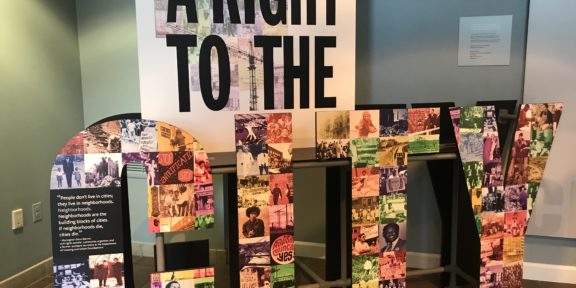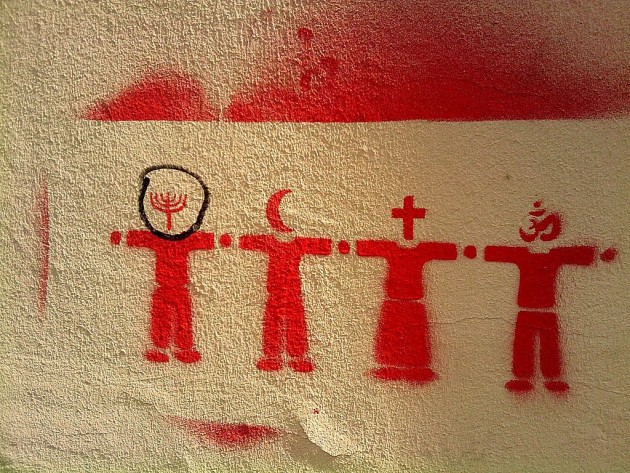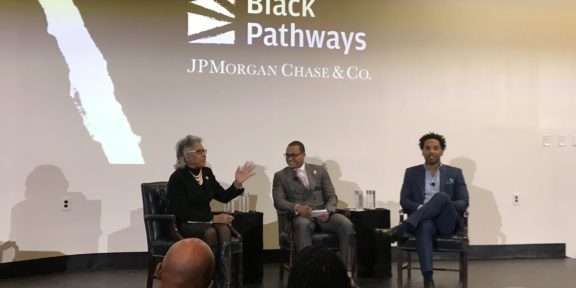From within the often padded comfort of the United States, it is sometimes easy to forget the racial and social discrimination our parents, their parents and their parents endured for centuries much less the continued struggle still occurring around the world. Brazilian society, under current president Lula Ignacio da Silva, is attempting to address many of the abundant racial inequalities within their country.
In an effort to reduce massive social disparities, Brazil’s left-wing government has recently begun encouraging public universities, which are the best in the country, to implement racial quotas, giving many more of the millions of black Brazilians a better chance to attend college.
But what Brazilians have now found puzzling is defining who is “black.” Brazil has the largest population of African descendents outside of Africa and like most societies, struggles with the definition of race. Because of hundreds of years of racial mixing and racism, characterizing one’s race in Brazilian society is sometimes the hardest part. Many consider themselves neither black, white nor mixed but rather “Brazilian” which may consist of a number of ethnic heritages including Japanese, indigenous Indian or even Arab.
Using a system of self-classifying, 17 universities used quotas this year as Brazil embarked on a plan to define social benefits by race for the first time since banning slavery in 1888. Utilizing a system of quotas obviously forces Brazilians to choose their racial identity.
Under the new system the needs of poor whites are not being met, something that officials are trying to account for in the next school year. All students who attended public schools for high school, most being black, receive a certain amount of extra points on their university entrance exams. Students who identify themselves as black receive more points.
This year is not the first that da Silva has attempted to implement social quotas. According to the New York Times, in 2003 the government “unleashed acrimonious debate by beginning to impose racial quotas for government jobs, contracts and university admissions.” The initial trial occurred in two Rio de Janeiro public universities in which the freshman class accepted was 40 percent black; a series of lawsuits were sent to the government as white students claimed they were denied entrance despite receiving higher test scores.
In an attempt to meet the needs of poor whites in Bahia, the Brazilian state with the largest population of African descendents, 73 percent of quotas are opened to blacks, 25 to poor whites who attended public school and 2 percent to Indigenous students.





